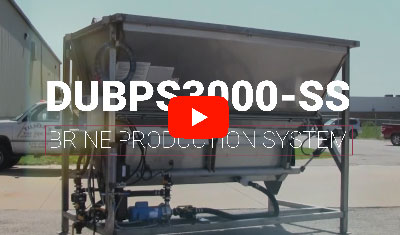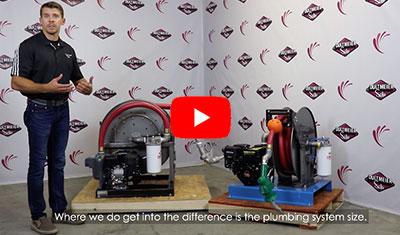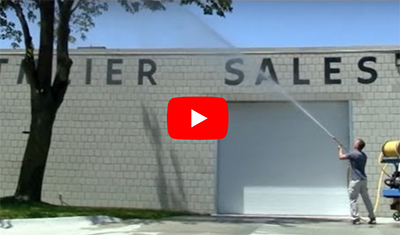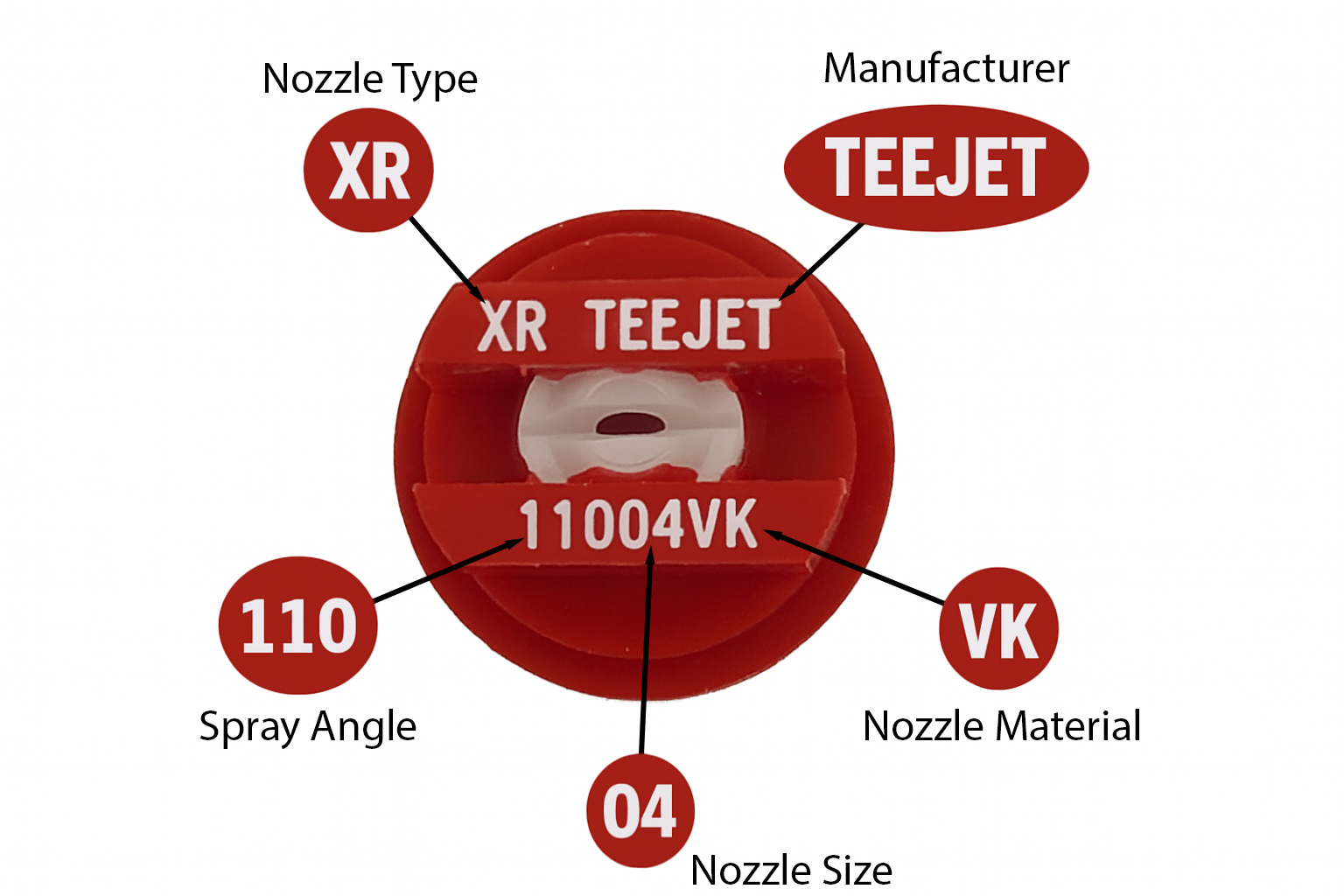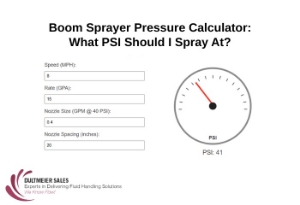
If you're wondering what pressure you should run your sprayer, this calculator can help. By entering your speed, application rate, nozzle size, and spacing, you'll get an estimate of the system pressure needed to achieve your desired spray coverage. It's a quick way to figure out what size nozzle can provide the pressure range needed for your application. You can also discover how changing your speed, rate, and nozzle can affect your operating pressure.
Boom Sprayer Pressure Calculator
How to Use the Boom Sprayer Pressure Calculator
This tool helps you estimate the pressure your sprayer system needs to operate based on your speed, desired application rate, nozzle size, and nozzle spacing. To use it: Enter your travel speed in miles per hour (MPH). Enter your target application rate in gallons per acre (GPA). Input the nozzle size — this should be the flow rate in gallons per minute (GPM) at 40 PSI (check your nozzle chart). Set your nozzle spacing in inches — the distance between each nozzle on your boom. As you adjust the inputs, the pressure gauge will update in real time to show your estimated required system pressure in PSI.
⚠️ Note: This calculator is designed to serve as a general guide for estimating system pressure. It assumes ideal conditions and consistent operating parameters, but real-world factors can vary widely.
How This Tool Helps in Spray Nozzle Selection
With this tool, you see the operating pressure range of a nozzle when used for various applications. This helps you to ensure that a nozzle can handle a certain range of operating speeds. You can also find out if a certain size nozzle will allow you to spray at different rates and still be within the effective pressure range of the nozzle, or if you need to select a larger nozzle size or slow down.
For more help selecting a sprayer nozzle, refer to this tool that helps you identify nozzles that will work for various scenarios such as systemic herbicides, contact herbicides, post-emergence spraying, PWM systems, and more.
>>> Find the right nozzle for your boom sprayer! <<<
Pressure doesn’t just affect flow — it also impacts droplet size, which in turn influences:
Penetration: Smaller droplets at higher PSI may reach deeper into dense canopies.
Drift: Fine droplets are more likely to drift off-target; larger droplets are more stable.
Coverage: Fine droplets provide more surface area coverage; coarse droplets are better for contact herbicides or drift-sensitive situations.
So, when selecting a nozzle, consider both the flow rate and the droplet spectrum it produces at your operating pressure. This calculator helps by giving you that PSI estimate upfront — simplifying the process of matching a nozzle to your actual spraying conditions.
Understanding the Relationship Between Pressure, Speed, and Volume
Sprayer performance is influenced by three key variables:
Speed: The faster you travel, the more ground you cover per minute, so your sprayer must output more liquid to maintain the same application rate.
Application Rate (GPA): This is how much product you want to apply per acre. Higher GPA means more liquid is needed, which increases flow rate and may increase required pressure.
Nozzle Flow Rate: Each nozzle has a defined output (GPM) at a given pressure. The pressure must be adjusted to achieve the flow rate needed to match your speed and GPA.
The formula behind this tool calculates the necessary GPM per nozzle, then estimates the pressure needed to produce that flow based on your nozzle’s rating at 40 PSI.

